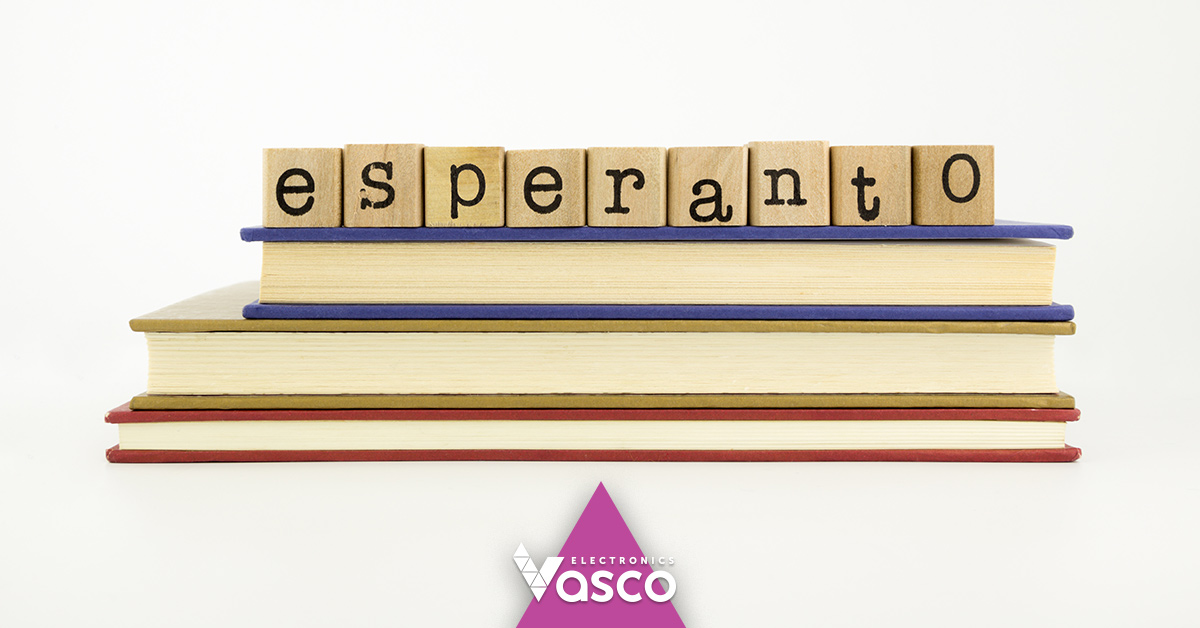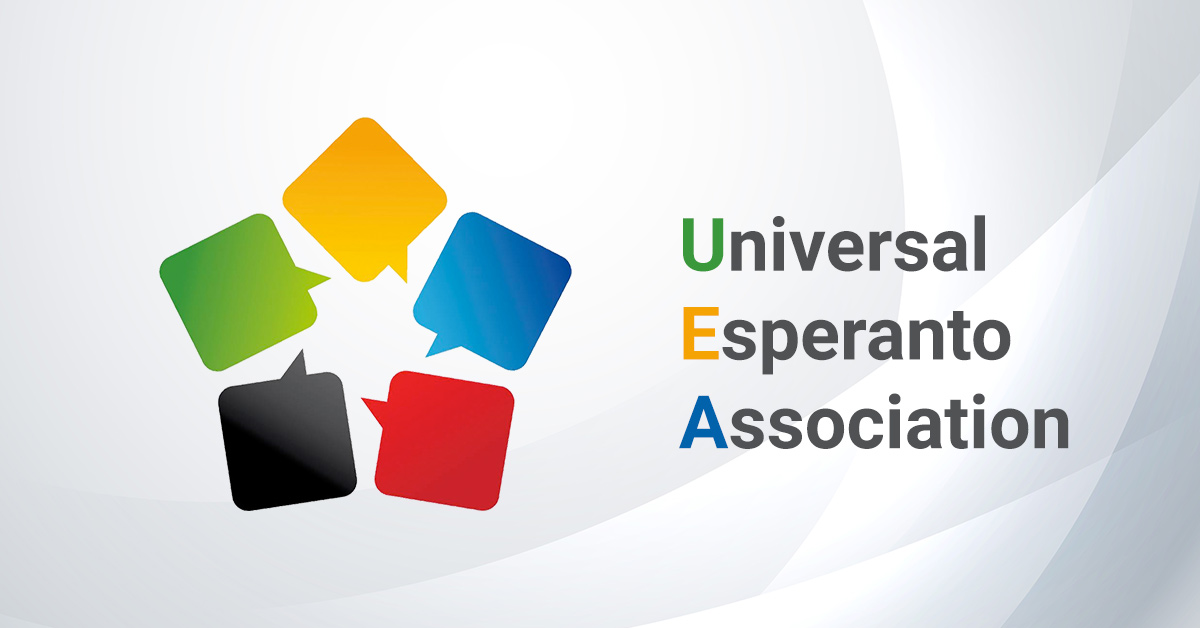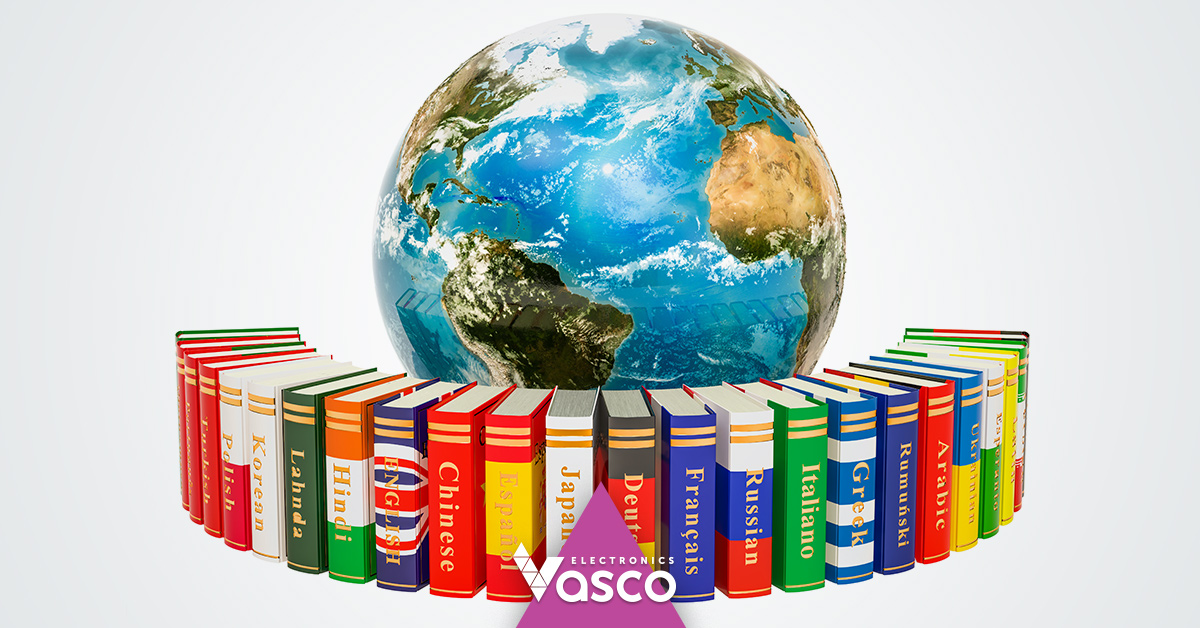This is a story of breaking language barriers, but probably in a slightly different way than you would expect.
In this article, you’ll find out about a tongue that was supposed to be a universal language for the entire population.
Excited? So, without further ado, let’s dive into the history and essence of the Esperanto language.
In this article, you’ll learn:
- Who created the Esperanto language.
- The history of the Esperanto language.
- If there are any Esperanto speakers.
- If so, then how many people speak Esperanto?
- If you can actually learn and speak Esperanto.
- If it’s similar to any of the existing languages.
Let’s start!
FAQ:
What country speaks Esperanto?
Is Esperanto considered a real language?
Why was Esperanto banned?
Is Esperanto basically Spanish?
Why isn’t Esperanto popular?
Is Esperanto difficult to learn?
Who speaks Esperanto today?
What is the Esperanto alphabet?

Table of Contents:
What is Esperanto, and how was it born?
Esperanto is one of the world’s many auxiliary languages. It started in the late XIX century when L. L. Zamenhof, a Warsaw-based ophthalmologist, published a paper called Unua Libro.
This work establishes and describes an international tongue that is meant for global communication.
So, what is Esperanto?
This language was invented to be a universal language for the entire population. Zamenhof claimed that he constructed it to reduce the time and energy we invest into learning foreign languages. It was also created to promote world peace.
At the moment of its creation, the language, however, had no real name. Its original title was simply “the international language”. However, the early speakers of Esperanto liked the author’s pseudonym so much (Doktoro Esperanto) that they named it Esperanto.
What does Esperanto mean in Esperanto?
The word esperanto simply means the one who hopes. Given the assumptions and hopes of the author, this name fits like a glove.
There’s Actually a Flag of Esperanto.
Here’s what it looks like:

The flag of Esperanto was adopted in 1905. It features the Verda Stelo (Green Star), which is a symbol of mutual recognition for all Esperanto speakers.
Further history of the Esperanto language
The 20th century
In the early 20th century, this international language was prevalent in Neutral Moresnet, which was supposed to be the first official Esperanto state.
Neutral Moresnet was a Belgian–Prussian condominium located in Western Europe. Some sources say that it existed from 1816 to 1920.
Unfortunately, Moresnet was fully annexed by the Kingdom of Prussia in 1915 and lost its neutral character. It was, however, returned to Belgium after the First World War thanks to the Treaty of Versailles. At that moment, Esperanto didn’t stand a chance of becoming the official language of Moresnet.
Esperanto international language again had a big chance of becoming the most widely spoken constructed language in the world in 1920. It was then that the Iranian delegation from the World Esperanto Congress to the League of Nations proposed the Esperanto language be adopted as the main tongue for international relations.
The amount of Esperanto speakers could have increased significantly at the time.
10 delegates accepted the proposal, but there was 1 person who strongly opposed the recognition of the Esperanto language at the League of Nations.
Gabriel Hanotaux, a French historian, was worried about how his native language was losing its position and significance as an international tongue.
Nevertheless, the Esperanto language was proposed to be included in the League of Nations’ educational curricula. In response to that, the French government retaliated by banning all its instructions in universities and schools.
Because France strongly opposed Esperanto gaining international recognition, it never rose to the prominence it could have.
Another big chance for Esperanto speakers arose when the United Nations, through UNESCO, supported Esperanto as an international auxiliary language in the Montevideo Resolution of 1954.
Unfortunately, to this day, Esperanto isn’t recognized either as an official language of the UN or an international auxiliary language.
However, right now, there are as many as 2 million Esperanto speakers worldwide. Thanks to this number, it is the most widely spoken constructed language in the world.

The new age of the Esperanto language
The number of Esperanto speakers started to increase significantly with the rise of the Internet.
A language-learning platform called Duolingo started to provide Esperanto language courses in its educational materials in 2015. A year later, 350,000 people registered to learn Esperanto as one of the foreign languages provided by the app. By 2018, the number of learners rose to over a million.
There are 4 courses that teach Esperanto as one of the platform’s foreign languages. One is for English speakers, another for Spanish speakers, the third is designed for Brazilian Portuguese speakers, and last but not least, is the French version of the course.
What’s more, in 2012, Google Translate added Esperanto as one of its languages.
Vasco Translator also includes Esperanto in its photo translation feature.
There is also the Esperanto version of Wikipedia. It is called Vikipedio and boasts as many as 328,000 articles. Thanks to that, it is currently the 35th-largest Wikipedia.
Where is Esperanto spoken?
Despite the fact that Esperanto is not the official language of any country in the world, its presence is strong in some parts of the world.
So, where is Esperanto spoken?
The Esperanto language, for instance, has entered the education systems of countries such as China and Hungary. In addition to that, the Chinese government has been using Esperanto on china.org.cn, China Radio International, and El Popola Ĉinio Internet magazine.
What’s more, Vatican Radio hosts the Esperanto version of its website. But that’s not all.
The United States Army has published a number of phrasebooks in Esperanto. Mock enemy forces used them from the 1950s to the 1970s in war games.
Esperanto speakers may also be found in a number of non-profit international organizations.
Sennacieca Asocio Tutmonda, a left-wing cultural association including 724 members in over 85 countries as of 2006, recognized Esperanto as a working language. What is more, Education@Internet, an organization that supports intercultural learning, includes courses for potential Esperanto speakers.

Universal Esperanto Association (UAE)
It is an international organization that gathers Esperanto speakers from around the world. Founded in 1908, it now consists of 5501 individual members in 121 countries (as of 2015). UAE has its office at the United Nations building in New York City.
Universal Esperanto Association also publishes its own magazine called Esperanto. It was designed to inform the members of the UAE about everything that happens in its community. They also carry out the annual World Esperanto Congress meetings.
How to learn Esperanto?
Do you want to become one of the Esperanto speakers?
Let’s see how to learn Esperanto.
But first, we’ll take a look at a book that is considered the main authority for Esperanto speakers.
Where can you learn this auxiliary language?
It is said that the Esperanto language was created in 1887, however, it was in 1905 that Zamenhof published Fundamento de Esperanto, a book that explains the basic principles of this tongue.
Nevertheless, much of the book’s content is a reproduction of Zamenhof’s earlier works, mainly Unua Libro from 1887, which first introduced the concept of a universal language. The language, however, underwent some changes, and Zamenhof updated his tongue in Fundamento de Esperanto.
On August 8, 1905, the first World Esperanto Congress was held. It established the aforementioned book as the only authority for potential language speakers.
Fundamento de Esperanto has 4 different parts: a foreword, a grammar section, a collection of exercises, and a dictionary. The grammar and dictionary sections are written in 5 European languages: French, English, German, Russian, and Polish.
This book is indeed a powerful source of knowledge for potential Esperanto speakers. So if you want to speak Esperanto, be sure to check it out. Fortunately, you can still buy it on the Internet to learn Esperanto.
The character of the Esperanto language
Esperanto, as one of the constructed languages, includes various elements from several European languages.
First, let’s examine a sample text written in this auxiliary language (it comes from the English Wikipedia article on Esperanto):
En multaj lokoj de Ĉinio estis temploj de la drako-reĝo. Dum trosekeco oni preĝis en la temploj, ke la drako-reĝo donu pluvon al la homa mondo.
Which translates to:
In many places in China, there were temples of the dragon-king. During times of drought, people would pray in the temples that the dragon-king would give rain to the human world.
Some simple phrases also illustrate the similarity of Esperanto to European languages.
Look at the table below:
ESPERANTO |
ENGLISH |
| Saluton | Hello |
| Bonan Matenon | Good Morning |
| Bonan Vesperon | Good Evening |
| Kio estas via nomo? | What is your name? |
| Kiel vi fartas? | How are you? |
| Bone / En ordo | All right / Okay |
| Dankon | Thank you |
| Ne dankinde / Nedankinde | You’re welcome |
| Mi amas vin! | I love you! |
| Ĉu vi parolas Esperanton? | Do you speak Esperanto? |
Esperanto derives, for instance, from Greek, English, and German, when it comes to vocabulary. Other European languages that might have inspired Esperanto are Romanian, Polish, and Spanish.
Is Esperanto easy?
The Esperanto language is very easy to learn and speak. The writing system is phonetic, which means that the words are written as they sound.
What is more, much of the Esperanto vocabulary is derived from the languages we already know.
Is Esperanto worth learning?
Now that we answered the question “is Esperanto easy?”, let’s find out if Esperanto is worth learning at all.
It is believed that learning Esperanto first makes learning other foreign languages significantly easier.
This claim is especially true when we take into consideration learning Romance languages, such as Spanish, French, and Italian.

The Esperanto language: Conclusion
In this article, we answered the question “What is Esperanto?” and learned some interesting facts about this constructed language.
But, is the Esperanto language still alive? The answer is “Yes”. As a matter of fact, it’s alive and well.
Created to promote world peace, Esperanto has over a million speakers worldwide (and counting). Not to mention that it is supported by the Duolingo language-learning app and Google Translate.
You can also translate images containing the Esperanto language with a Vasco Translator device.
So, if you’re going to the next World Esperanto Congress, be sure to take Vasco with you.
In a nutshell:
Esperanto is an auxiliary language created by L.L. Zamenhof with the intention of becoming a universal tongue for the entire population. It was supposed to reduce the time and energy we invest into learning foreign languages and promote world peace. Despite not gaining recognition from the United Nations or other international organizations, it is still the most spoken constructed language in the world, with over two million speakers. It has been adopted in countries like China and Hungary, and supported by the Duolingo language-learning app, Google Translate, and the Vasco Translator. Fundamento de Esperanto is the main authority for potential Esperanto speakers, written in five European languages. Esperanto is easy to learn and speak, and is believed to make learning other foreign languages easier.











